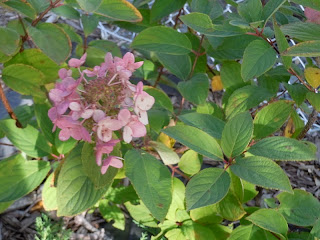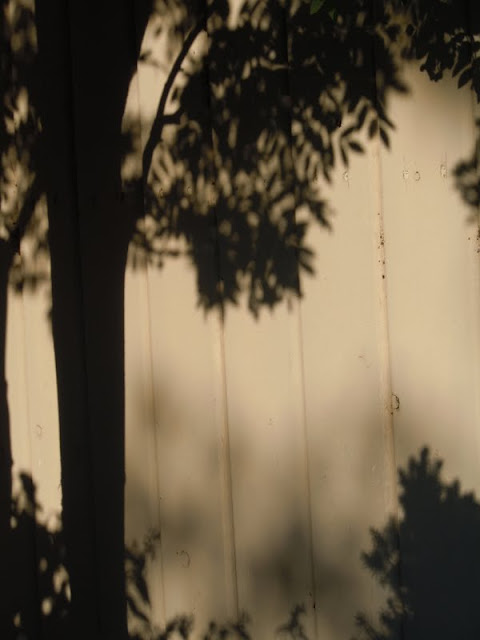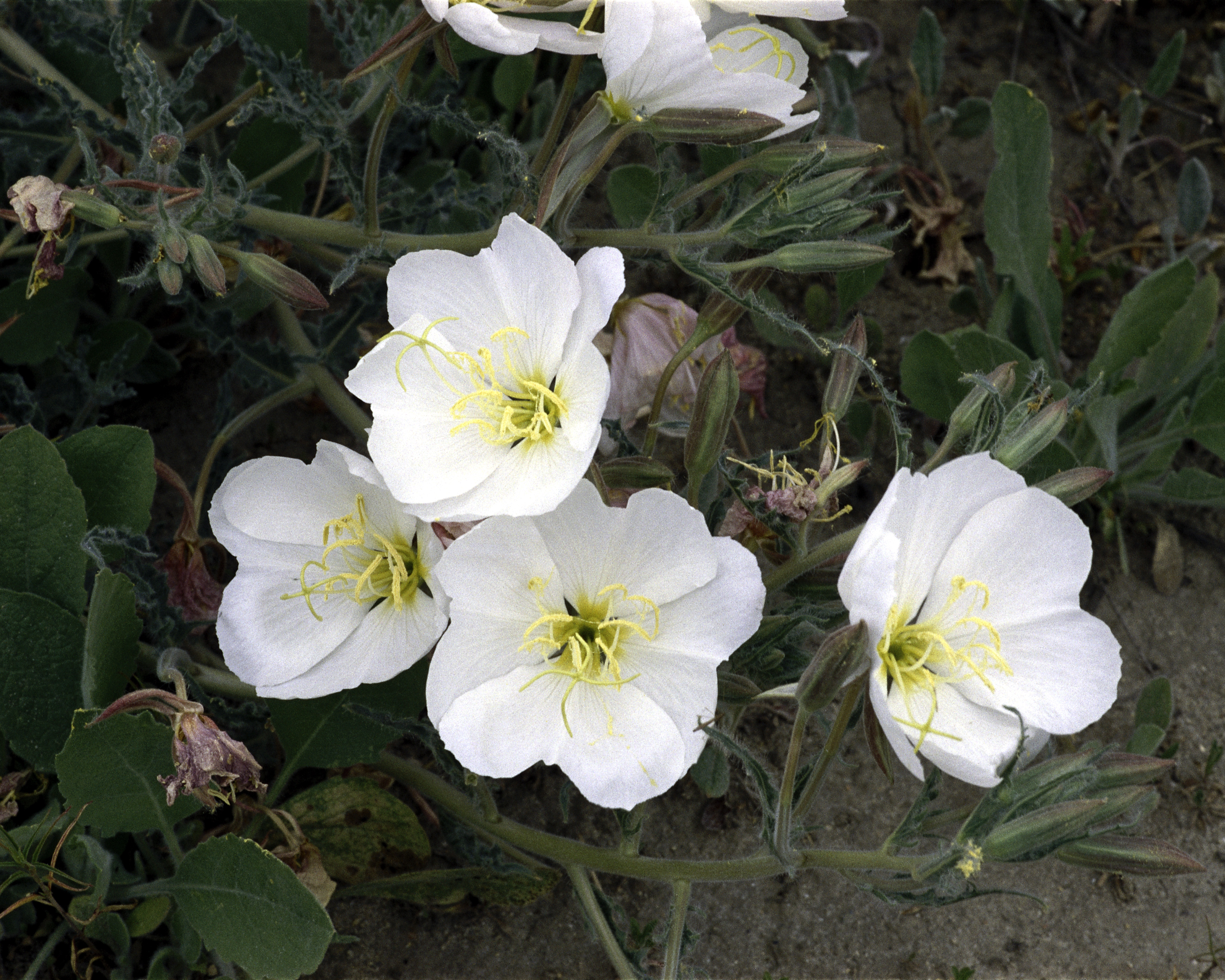There is no doubt that it is officially autumn. When I left for work this morning at 6 am it was only 2 degrees Celsius, barely above freezing. There are quite a few barren-esk (I take the liberty to make my own word here) trees in the city already. Rumour has it it is more to do with an abnormally dry fall than the temperatures or the decreasing day light hours.
Maples are showing off their striking frocks, celebrating the briskness of the air, while the Pink Diamond Hydrangea is now truly pink. The peonies leaves are vibrant in red and the deep purple of the Schubert Chokecherry is a strong contrast juxtaposed with the yellow foliage of the neighbouring trees. It is beautiful, no doubt, as every season has its beauty. Last week we had day time temperatures near and just above 30 degrees Celsius. Today it is only 18 with a strong cool wind, another contrast that marks the change of seasons. To everything...turn, turn, turn.......
While you are here, please be sure to drop by for a visit with Glenda at Tootsie Time to see what's new in her neck of the woods as she hosts Fertilizer Friday/Flaunt Your Flowers.
In case you were wondering, my Endless Summer Hydrangea did not flower this year though it grew to almost double its size of last year. As you may recall I moved it to a sunny bed where it grows luxuriously, though it wilts during the heat of the day. Perhaps next year will be the year it decides to bloom again. Fingers crossed.
Paper Pots Product Trial Update: I found this to be a satisfactory planting solution for my Lemon Boy Tomato. The plant grew tall and healthy, produced a few good tasty fruit, and is still going strong. If it weren't for the tendency to retain moisture, which isn't a good thing when you are beating rainfall records, I wouldn't hesitate to recommend it. If it holds up, I will try it again next year but will add a few drainage holes to see if it works better. All in all, I was pleased with this product.




































